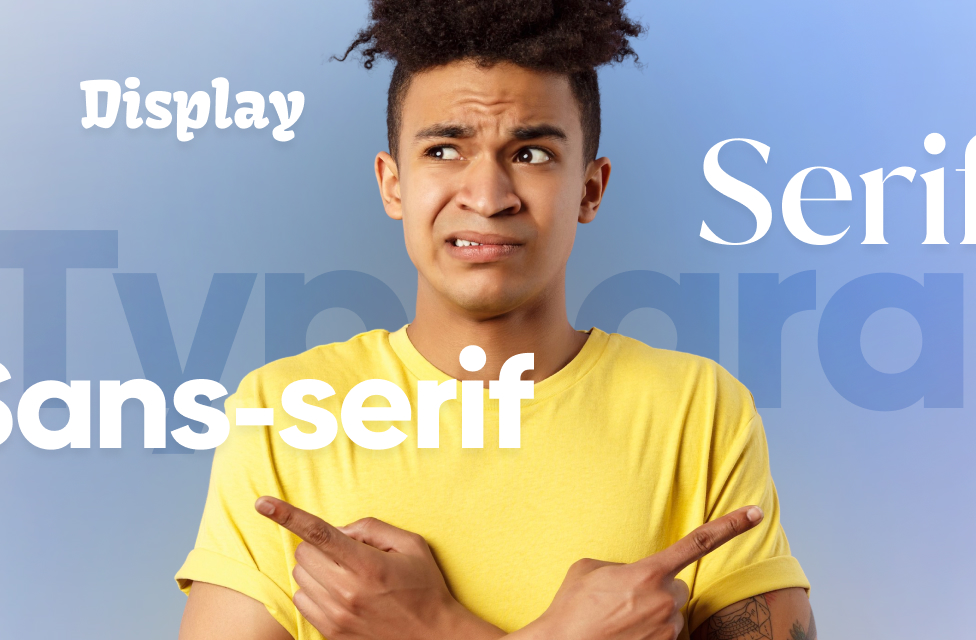UI Design
UX Design
Figma
What is Typography in Figma?
Typography in Figma refers to the set of tools and features available within the Figma platform that allow designers to implement and manage text within their design projects effectively. Figma, a popular vector graphics editor and prototyping tool, offers extensive typography capabilities to enhance user interface (UI) and user experience (UX) designs.

Key features of typography in Figma
1. Typefaces and fonts
Figma supports a wide range of typefaces and fonts, allowing designers to choose the perfect text style for their projects. You can import your fonts or use Google Fonts directly within the platform.
2. Customizable text properties
Designers can easily adjust font size, line height (leading), letter spacing (tracking), and paragraph spacing to ensure that text is readable and aesthetically pleasing.

3. Text styles
To maintain consistency across designs, Figma allows you to create, apply, and modify text styles. This feature is particularly useful for ensuring that typography remains consistent across different pages and components.
4. Dynamic text resizing
Figma supports auto layout for text, enabling designers to create dynamic text boxes that resize based on content length. This feature is crucial for designing responsive interfaces that adapt to various screen sizes and languages.
5. Advanced typesetting
Figma provides advanced typesetting options such as kerning, alignment, and text transformation (uppercase, lowercase, etc.) to give designers complete control over how text is displayed.

6. Accessibility features
Understanding the importance of accessibility, Figma offers tools to check color contrast and ensure that typography meets WCAG (Web Content Accessibility Guidelines) standards, making the text accessible to a wider audience.
7. Integration with plugins
Figma’s open platform allows for the integration of various typography-related plugins, which can further enhance typography workflows, such as font pairing, typography scaling, and more.
8. Collaboration and feedback
As a collaborative design tool, Figma enables teams to work together on typography decisions, share feedback directly on the design file, and make iterative improvements to ensure that the typography serves the project’s goals effectively.
Conclusion
By leveraging Figma’s typography tools, designers can ensure that their digital products not only look visually appealing but also communicate effectively with the user, enhancing the overall UX. Whether you are working on a website, mobile app, or digital advertisement, understanding and utilizing typography in Figma can significantly impact the success of your design project.
We also invite you to join our wholesome and budding community of product designers (and enthusiasts) and follow us on Instagram. We’d be happy to help you fall in love with product design and improve your career!
Happy designing! 🥳


